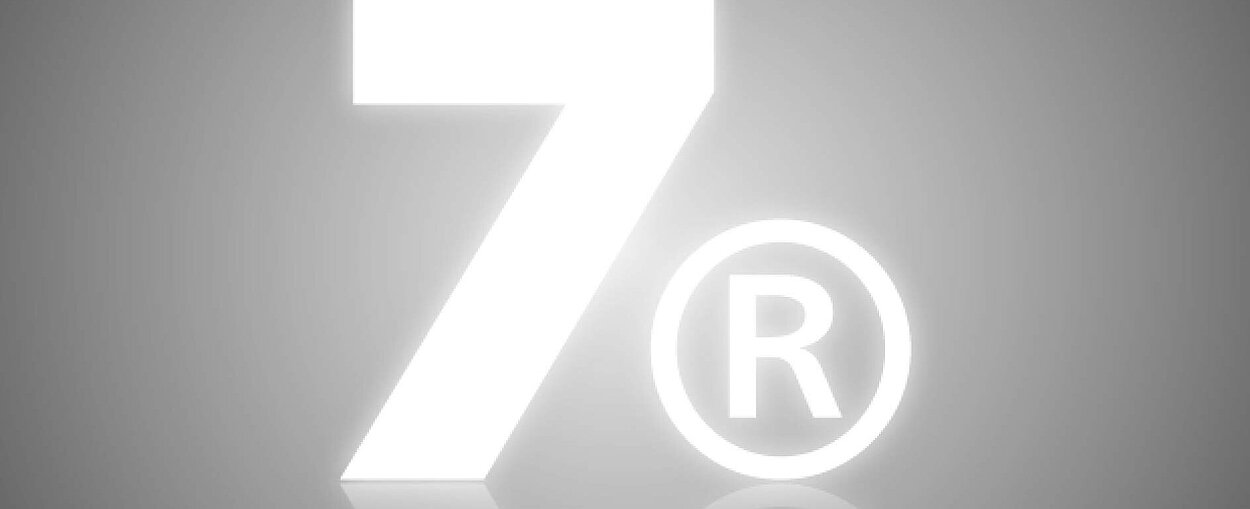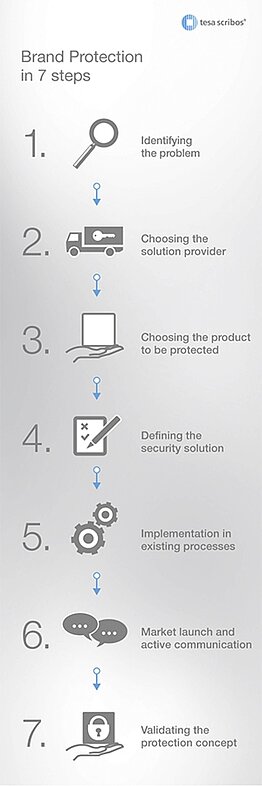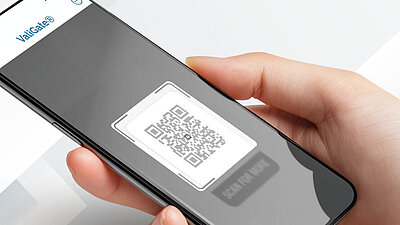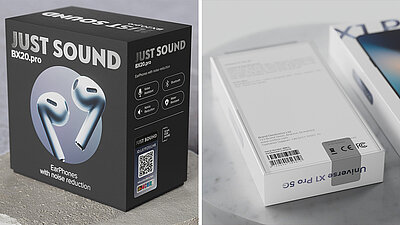Brand protection in 7 steps

How can manufacturers approach a "product and brand protection project"?
Counterfeit products, grey market trading, warranty fraud and theft put both consumers and companies at risk in equal measures. According to the OECD (Organisation for Economic Co-operation and Development) and the EUIPO (European Union Intellectual Property Office), around 2.5% of all imports worldwide are counterfeit products, which amount to 500 billion euros every year.
Affected brand owners can actively protect customers and their own company by implementing a reliable security solution. Adopting a security concept may seem expensive and time-consuming at first, but it takes just seven steps to provide an effective security solution.
We have compiled a check list for brand owners which will guide them to reliable product and brand protection in 7 steps.
Check list for brand owners: brand protection in 7 steps

Brand owners should examine their markets together with their employees to identify current challenges. Are there any counterfeit products in circulation or trading with grey market goods, for example?
Step 2: Choosing the solution provider
Obviously, the solution provider must be in a position to deal with the identified problems. Further criteria apply: among other things, the provider should offer technologies which are not freely available on the market.
Step 3: Choosing the product to be protected
In this step, the brand owner establishes what needs to be protected. Should individual products or the whole range be incorporated into the security concept?
Step 4: Defining and creating the security solution
The security solution is developed together with solution provider. This is where different criteria come into play: What kind of problems need to be dealt with? What target group will check the security marking? Should an online product check be available via Smartphones?
Step 5: Implementing the solution in existing processes
The solution provider and brand owner work together closely to ensure optimum seamless integration into existing production and logistics processes. Time and cost efficiency are crucial.
Step 6: Market launch and active communication
All predefined target groups must be fully informed to maximise the security solution’s protection effect. Different channels are suitable, such as websites, posters, mail shots and leaflets.
Step 7: Validating the protection concept
Once the security solution is put into operation, it needs to be assessed on a continuous basis. Assessments will indicate any adjustments which are required. These include new product generations from the solution provider which need to be brought to the brand owner.
Interesting links on this subject
OECD video "World imports of fake goods worth nearly half a trillion USD a year"
OECD article "Global trade in fake goods worth nearly half a trillion dollars a year"
Securing Industry article "Brand protection will see double-digit growth to 2020"




